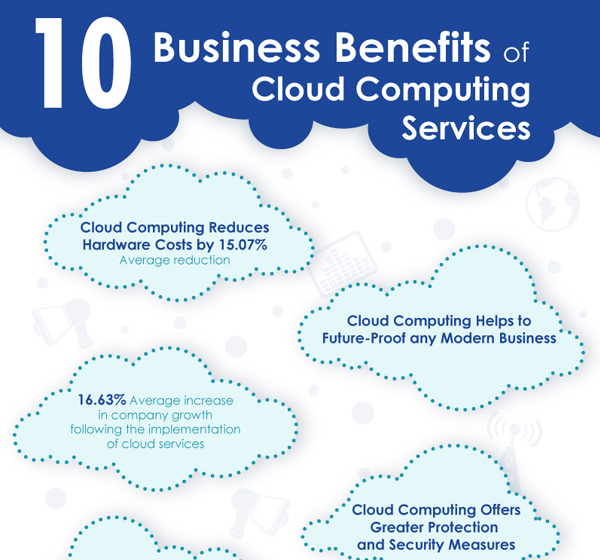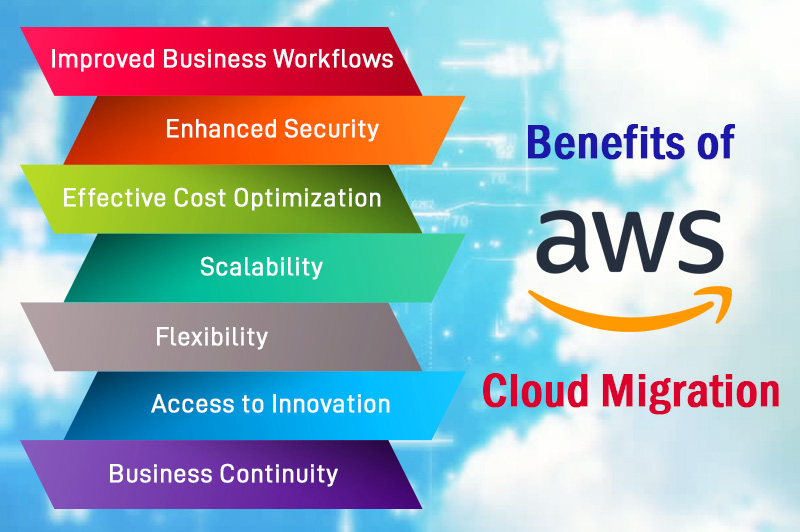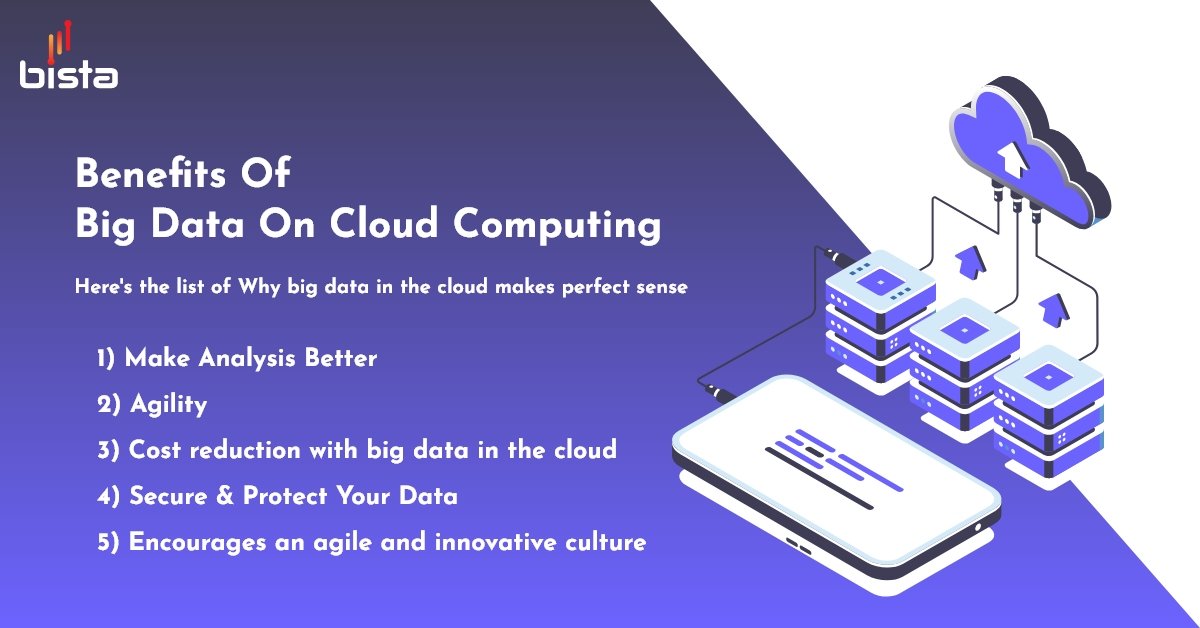Advantages of Running Cloud Computing on AWS
Cloud computing has revolutionized the way businesses operate by offering a more flexible, scalable, and cost-effective solution for managing IT resources. Among the leading platforms for cloud computing is Amazon Web Services (AWS), a comprehensive suite of cloud services designed to meet the needs of businesses of all sizes. This article explores the advantages of running cloud computing on AWS and the unique benefits it provides.
Cloud computing offers numerous advantages over traditional on-premises IT infrastructure. These benefits include cost savings, scalability, and flexibility. By moving to the cloud, businesses can eliminate the need for expensive hardware, reduce energy costs, and minimize the need for IT support staff. Cloud computing also offers the ability to scale computing resources up or down based on demand, allowing businesses to only pay for what they need and avoid wasting resources during periods of low demand.
Why Run Cloud Computing on AWS?
When it comes to cloud computing, Amazon Web Services (AWS) is a leading platform that offers numerous benefits for businesses looking to leverage the power of the cloud. With its extensive service offerings, reliable security measures, and global data centers, AWS provides a comprehensive solution for businesses looking to take advantage of the many benefits of cloud computing.
One of the primary benefits of running cloud computing on AWS is its extensive service offerings. AWS offers a wide range of services, including Amazon Elastic Compute Cloud (EC2), Amazon Simple Storage Service (S3), and Amazon Relational Database Service (RDS), among many others. These services provide businesses with the tools they need to build, deploy, and manage their applications and workloads in the cloud.
Another key benefit of running cloud computing on AWS is its reliable security measures. AWS takes security seriously and offers a range of features to help protect sensitive data and ensure regulatory compliance. These features include encryption, access control, and compliance with various industry standards, such as HIPAA, PCI DSS, and GDPR. By leveraging these security features, businesses can rest assured that their data is protected and secure.
Finally, AWS’s global data centers contribute to improved performance and reduced latency for users around the world. With data centers located in regions around the world, AWS can provide businesses with the ability to deploy their applications and workloads closer to their users, resulting in faster load times and improved user experience. Additionally, AWS offers Edge Locations and Regional Edge Caches for content delivery, further improving performance and reducing latency.
Enhanced Scalability and Flexibility
One of the key advantages of running cloud computing on AWS is the enhanced scalability and flexibility it provides. With AWS, businesses can easily scale their computing resources up or down based on demand, allowing for greater flexibility and cost savings.
For startups, this scalability can be particularly beneficial. By starting with a small computing footprint and scaling up as needed, startups can minimize their upfront investment in IT infrastructure and focus on growing their business. As the startup grows and demand for its services increases, it can easily scale its computing resources to meet the demand, without having to worry about outgrowing its IT infrastructure.
E-commerce platforms can also benefit from the enhanced scalability and flexibility offered by AWS. With online shopping traffic fluctuating significantly during peak shopping seasons, e-commerce platforms need to be able to quickly and easily scale their computing resources to handle the increased demand. AWS makes it easy to scale up during peak shopping seasons and scale down during slower periods, helping e-commerce platforms manage their computing costs and ensure a smooth user experience.
Content delivery networks (CDNs) can also benefit from the enhanced scalability and flexibility offered by AWS. CDNs need to be able to quickly and easily distribute content to users around the world, and AWS’s global data center network makes it easy to do so. With data centers located in regions around the world, AWS can provide CDNs with the ability to deploy their content closer to their users, resulting in faster load times and improved user experience.
Robust Security Measures
When it comes to cloud computing, security is a top concern for businesses of all sizes. AWS understands the importance of security and offers a range of features to help protect sensitive data and ensure regulatory compliance. By leveraging AWS’s strong security measures, businesses can rest assured that their data is protected and secure.
One of the key security features offered by AWS is encryption. Encryption is the process of converting data into a code to prevent unauthorized access. AWS offers a range of encryption options, including server-side encryption, client-side encryption, and encryption in transit. By using encryption, businesses can ensure that their data is protected, even if it falls into the wrong hands.
Access control is another important security feature offered by AWS. Access control allows businesses to control who has access to their data and resources. AWS offers a range of access control options, including identity and access management (IAM), security groups, and network access control lists (ACLs). By using access control, businesses can ensure that only authorized users have access to their data and resources.
In addition to encryption and access control, AWS is also committed to compliance with various industry standards. AWS is compliant with a range of standards, including HIPAA, PCI DSS, and GDPR. By using AWS, businesses can ensure that they are meeting the necessary regulatory requirements and protecting their customers’ data.
Global Data Centers for Improved Performance
One of the key advantages of running cloud computing on AWS is its global data center network. With data centers located in regions around the world, AWS can provide businesses with the ability to deploy their applications and workloads closer to their users, resulting in faster load times and improved user experience.
AWS’s global data center network is designed to provide low-latency, high-availability services to businesses of all sizes. By using AWS’s global data centers, businesses can ensure that their applications and workloads are running in the location that is closest to their users, reducing the distance that data needs to travel and minimizing the impact of network latency.
In addition to its data centers, AWS also offers Edge Locations and Regional Edge Caches for content delivery. These locations are designed to provide even faster content delivery by caching frequently accessed content closer to the user. By using Edge Locations and Regional Edge Caches, businesses can ensure that their users are receiving the fastest possible experience, regardless of their location.
AWS’s global data center network also provides businesses with the ability to deploy their applications and workloads in multiple regions. This provides businesses with the ability to ensure high availability and disaster recovery, as well as the ability to meet the regulatory requirements of different regions.
How to Migrate to AWS
Migrating to AWS can provide businesses with a range of benefits, including cost savings, improved performance, and enhanced security. However, the migration process can be complex, and it is important to plan carefully to ensure a smooth transition.
The first step in migrating to AWS is to assess the current infrastructure. This includes identifying the applications and workloads that will be migrated, as well as evaluating the current hardware and software. By assessing the current infrastructure, businesses can identify any potential issues that may need to be addressed before the migration.
The next step is to choose the right AWS services. AWS offers a range of services, including Amazon Elastic Compute Cloud (EC2), Amazon Simple Storage Service (S3), and Amazon Relational Database Service (RDS). By choosing the right services, businesses can ensure that they are taking full advantage of the benefits that AWS has to offer.
Planning for data migration is also an important step in the migration process. Data migration can be a complex and time-consuming process, and it is important to plan carefully to ensure that data is migrated safely and securely. AWS offers a range of tools and services to assist with data migration, including the AWS Data Migration Service (DMS) and the AWS Server Migration Service (SMS).
Finally, it is important to test the migration thoroughly before making it live. This includes testing the applications and workloads to ensure that they are functioning correctly, as well as testing the security measures to ensure that they are providing the necessary protection.
By following these steps, businesses can ensure a smooth transition to AWS and start taking advantage of the many benefits that cloud computing has to offer.
Cost Optimization Strategies
Running cloud computing on AWS can provide businesses with a range of benefits, including cost savings, scalability, and flexibility. However, it is important to implement cost optimization strategies to ensure that businesses are getting the most value from their investment in AWS.
One cost optimization strategy is to use Reserved Instances. Reserved Instances provide businesses with a discounted rate in exchange for a commitment to use a certain amount of computing resources over a period of time. By using Reserved Instances, businesses can save up to 75% compared to on-demand pricing.
Another cost optimization strategy is to use Spot Instances. Spot Instances allow businesses to bid on unused computing resources, providing significant cost savings compared to on-demand pricing. However, Spot Instances can be interrupted if demand for computing resources increases, making them best suited for workloads that can tolerate interruptions.
AWS also offers Savings Plans, which provide businesses with a discounted rate in exchange for a commitment to use a certain amount of computing resources over a period of time. Savings Plans offer more flexibility than Reserved Instances, as they allow businesses to change the type of computing resources they are using without incurring additional costs.
In addition to these cost optimization strategies, businesses can also save on computing costs by using AWS Cost Explorer to analyze their usage patterns and identify opportunities for cost savings. AWS Cost Explorer provides businesses with a range of tools to help them understand their spending, including the ability to view costs by service, region, and tag.
By implementing cost optimization strategies, businesses can ensure that they are getting the most value from their investment in AWS and maximizing their cost savings, scalability, and flexibility.
Real-World Success Stories
Many businesses have already experienced the advantages of running cloud computing on AWS. Here are a few success stories that highlight the benefits of using AWS.
Company A: Company A is a fast-growing startup that needed a scalable and cost-effective solution for its computing resources. By using AWS, Company A was able to quickly and easily scale its computing resources up and down based on demand, allowing it to keep up with its rapid growth without incurring unnecessary costs. Additionally, AWS’s robust security measures helped Company A protect its sensitive data and ensure regulatory compliance.
Company B: Company B is an e-commerce platform that needed to improve its performance and reduce latency for users around the world. By using AWS’s global data center network and Edge Locations, Company B was able to deploy its applications and workloads closer to its users, resulting in faster load times and improved user experience. Additionally, AWS’s cost optimization strategies helped Company B save on computing costs.
Company C: Company C is a content delivery network that needed to improve its performance and reduce latency for users around the world. By using AWS’s global data center network and Regional Edge Caches, Company C was able to distribute its content closer to its users, resulting in faster load times and improved user experience. Additionally, AWS’s cost optimization strategies helped Company C save on computing costs.
These success stories demonstrate the many advantages of running cloud computing on AWS, including cost savings, scalability, flexibility, robust security measures, and improved performance. By using AWS, businesses can focus on their core operations and leave the management of their computing resources to the experts.








